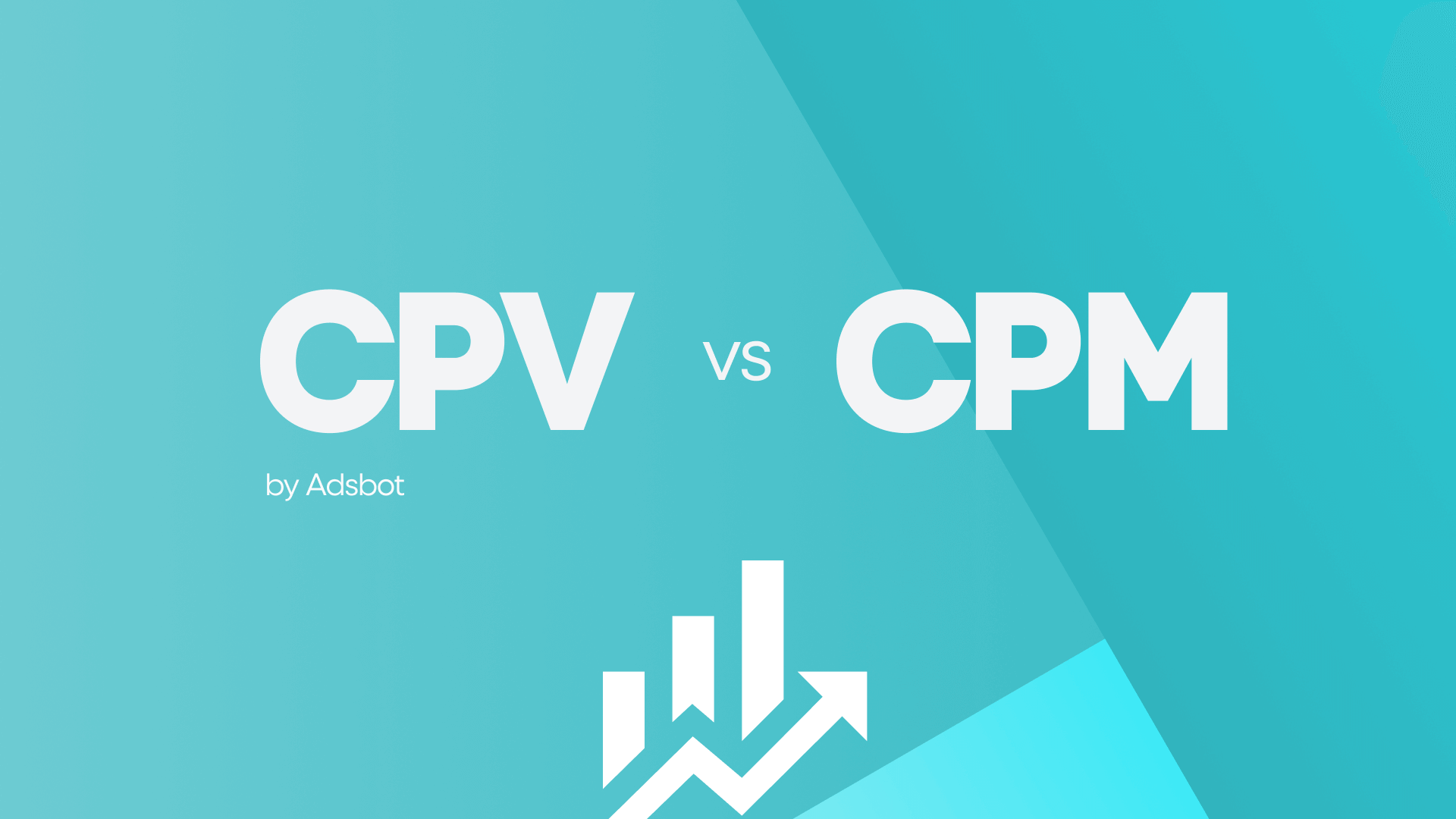In digital advertising, comprehending the diverse pricing frameworks is crucial for formulating careful decisions regarding your advertisement campaigns. Two frequently employed models are Cost Per View (CPV) and Cost Per Mille (CPM). Within this article, we will delve into the intricacies of CPV and CPM, clarifying their differences, as well as trying to address commonly posed inquiries, thereby equipping you with the knowledge required to skillfully navigate.
What is CPV?
The concept of Cost Per View (CPV) revolves around an advertising pricing model where advertisers are obligated to pay a fee every time their advertisement is seen or engaged with by the audience. The nature of this interaction may differ, ranging from a spectator observing a specific segment of the video, to selecting a call-to-action button, or participating with the advertisement in some other predetermined manner. CPV is frequently employed in video advertising, specifically on platforms such as YouTube, wherein advertisers pay charges for each individual view of their video content.
What is CPM?
The concept of Cost Per Mille (CPM) revolves around an advertising pricing model that advertisers are obligated to pay for each set of one thousand impressions of their advertisement. Each instance of an advertisement being retrieved and exhibited on a webpage or application, irrespective of the user’s engagement, is deemed as an impression. CPM is common in advertising, wherein the main goal frequently revolves around enhancing brand prominence and awareness.
The Difference Between CPV and CPM
The fundamental disparity between CPV and CPM is in the nature of the charges imposed upon advertisers. CPV charges payment upon advertisers for every individual interaction or view of their audiovisual material. This particular framework proves to be effective for campaigns that possess distinct engagement objectives, such as the activation of users to partake in the act of viewing a video or embarking upon a visit to a website.
Conversely, CPM charges fees upon advertisers for each thousands of ad impressions. This particular model is well-suited for endeavors pertaining to brand recognition and perceptibility, as it places emphasis on the frequency with which an advertisement is exhibited, rather than the subsequent actions undertaken by users upon facing advertisement. The selection between CPV and CPM hinges upon your campaign goals and the yearned-for outcomes. CPV is particularly appropriate when one desires to measure the level of engagement and interaction, whereas CPM proves more advantageous for campaigns that strive to optimize reach and exposure.
Frequently Asked Questions
Is CPV synonymous with CPM?
No, it is incorrect to say that CPV (Cost Per View) and CPM (Cost Per Mille) are indistinguishable. CPV imposes fees upon advertisers for each individual interaction or viewing of their video content, whereas CPM charges for every one thousand impressions of an advertisement, irrespective of any form of engagement.
Which option, CPM or CPV, is more advantageous?
The selection between CPM and CPV does depend on advertising objectives. If you desire to direct your attention towards engagement and particular actions (such as the beholding of videos or the clicking of links), then CPV will present itself as the superior choice. Conversely, if your objective is to optimize brand exposure and enhance visibility, the preferred option would be to utilize CPM, as it charges based on impressions rather than interactions. In the overall scheme of things, the optimal framework for your campaign is dependent on your specific goals and the demographic you wish to engage.
Popular Posts
-
How Many Keywords Should Be In an Ad Group in Google Ads?
Ever wondered if your Google Ads campaigns are packed with…
Read more -
Google Ads Script for Dummies: An Introduction
Imagine you have an e-commerce website that sells licensed superhero…
Read more -
Google Ads Sitelink Character Limits
Your Google Ads are cutting off in the middle of…
Read more -
What Is Conversion Value in Google Ads?
What if you could put a price tag on every…
Read more
Register for our Free 14-day Trial now!
No credit card required, cancel anytime.





